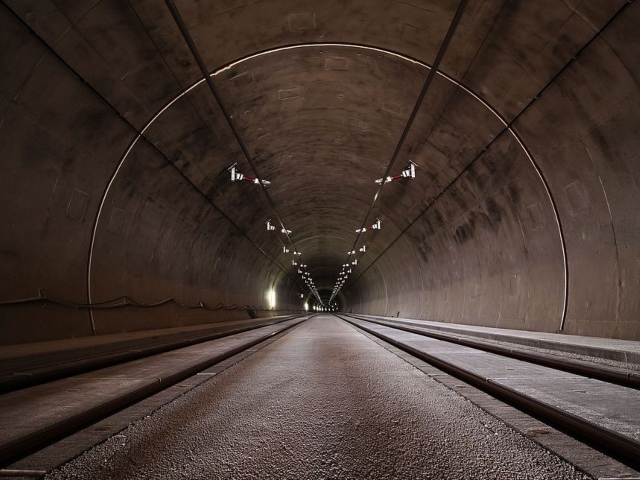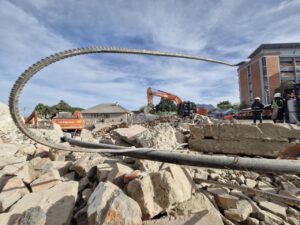[imagesource:flickr]
The proposed Paarl Africa Underground Laboratory (PAUL) in the Du Toits Kloof mountains of the Western Cape, will become Africa’s first deep underground science laboratory hunting for dark matter.
The project was officially launched after a week-long international conference held at Du Kloof Lodge. The conference looked into existing and future research programmes, as well as collaborations with other deep underground laboratories across the world.
Already a decade in planning, the future Paarl Africa Underground Laboratory would be a first for Africa and only the second such laboratory in the Southern Hemisphere after Australia’s Stawell Underground Physics Laboratory. Currently, there are a dozen such underground laboratories in Asia, Europe and North America.
The laboratory will be accessible through the existing Huguenot tunnel.
Since the 1970s, deep underground laboratories have been used to search for the subatomic particles that make up dark matter, such as neutrinos and muons, and to study them in radioactive-free environments. Dark matter makes up 85% of the universe’s mass, yet it is incredibly hard to spot.
The thick layer of rock of Du Toits Kloof mountains is perfect for shielding sensitive detection equipment from unwanted background signals produced by cosmic ray showers, allowing scientists to study particles without all the noise from the surface.
Prof. Richard Newman, a nuclear physicist from Stellenbosch University’s (SU) Department of Physics, says that the physics community in South Africa have been looking at the establishment of such a laboratory since 2011 – first considering options in South Africa’s very deep gold mines.
Back in 1965, the South African physicist Friedel Sellschop and the Nobel Prize winner to be, Frederick Reines, made the world’s first observation of a naturally occurring neutrino particle in an East Rand mine three kilometres below the surface.
It was only recently that the physics community began looking at the four-kilometre-long Hugenot tunnel that snakes its way 800 metres underneath the Du Toits Kloof mountain. SANRAL, who manages the tunnel, plans to upgrade the ‘North Bore’ tunnel to alleviate traffic congestion in the existing ‘South Bore’ tunnel.
As part of these plans, an engineering feasibility study will also be conducted to determine the possibility of an underground laboratory. One does not simply build a subterranean laboratory to hunt for dark matter under a mountain without some proper planning.
The laboratory, if approved and constructed will prove to be a scientific and social boom to the surrounding area, including skills training and jobs.
“Of course we are looking forward to doing some interesting underground physics, but this initiative is also going to create so many additional opportunities for young physicists, engineers, and technicians.”
Here’s hoping the nerds get this up and running so we can find us some dark matter. #darkmattermatters
[source:sun.ac.za]





